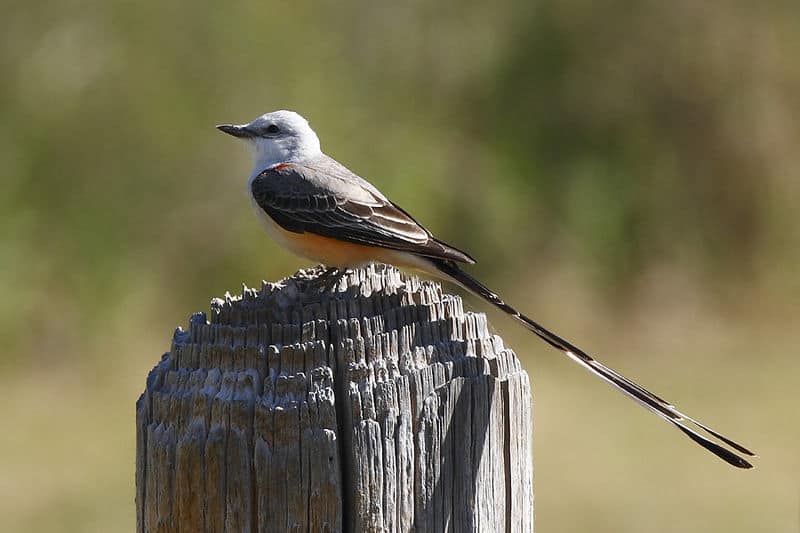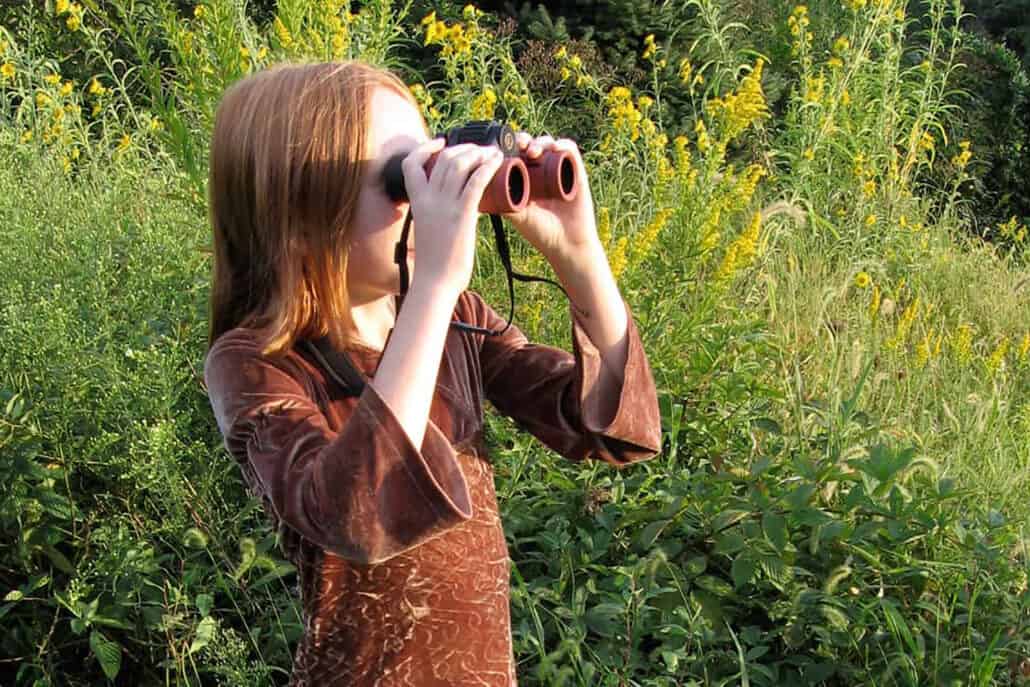Pennsylvania is a great state for bird watching. Boasting a respectable headcount of resident species, a literal menagerie of seasonal migrants, and the occasional transient oddity, Pennsylvania has a lot to offer the ornithological enthusiast. It’s no Florida, Arizona, or Texas, but it does harbor quite an impressive diversity of avifauna within its borders at any given time of year. From the diminutive ruby-throated hummingbird to the regal great blue heron, there is always something interesting to find in Penn’s woods, fields, mountains, lakes, rivers, and streams.
Speaking of woods, fields, mountains, lakes, rivers, and streams, one could legitimately argue that the tremendous variety of Pennsylvania’s birdlife is directly attributable to the tremendous variety of available habitats that exist within its borders. It’s no secret that Pennsylvania has many different habitat types ranging from remote mountain ridges to city parks. Between these two extremes, there exists a widely scattered mixture of suburban developments, rolling agricultural fields, deciduous and coniferous forests, riparian floodplain corridors, sandy lakeshores, reclaimed strip mines, glaciated peat bogs, emergent wetlands, and herbaceous grasslands. Each of these varied habitat types supports a unique set of avian inhabitants, giving rise to a big number of statewide bird species.
As a Pennsylvania resident, I have relatively easy access to most of these varied habitat types. However, my work and family responsibilities afford me only a few brief windows of opportunity each year to go exploring these places in search of birds. Therefore, I must confine my annual birding outings to a couple select locations and hope that I chose good spots representing Pennsylvania’s unique variety of habitats and rich diversity of species.
One birding location that I have come to treasure is State Game Land No. 176 in Centre County. Known as the Scotia Barrens, it consists of a unique pitch pine-scrub oak barrens habitat. Pitch pine-scrub oak barrens are rare in Pennsylvania; and at 6,211 acres, the Scotia Barrens is Pennsylvania’s largest remaining example of this type of habitat. Part of what makes the Scotia Barrens such a unique habitat is its dry, sandy soil. This soil type naturally reflects heat and absorbs cold, leading to a much cooler environment than surrounding areas. Further, the sandy soil is very acidic in nature. The combination of these less-than-ideal abiotic factors results in harsh growing conditions that are well-tolerated by the pitch pine and scrub oak, hence their commanding dominance. Other types of plants are present in the barrens, including some rare species, but they are grossly outnumbered by the two dominant species.
Searching for Golden-winged Warblers
I learned about the Scotia Barrens several years ago while reviewing the Pennsylvania Ornithological Society’s birding hotspots website. The website indicated that this rare barrens habitat is an ideal nesting site for the equally rare (and declining) golden-winged warbler. In fact, the Scotia Barrens, with up to 50 singing males, is known to contain the largest breeding population of golden-winged warblers in the state. That’s because golden-winged warblers are a bird of dense shrubby thickets, and the thick tangles of scrub oak that dominate the Scotia Barrens are particularly suitable. However, finding one among the impenetrable jungle of scrub oak is another matter entirely.
Having never seen a golden-winged warbler, I decided that a trip to the Scotia Barrens was necessary. It was the second week of May, and I used a precious vacation day from work to make the two-hour drive up to Centre County for a full day of birding adventures. My first and most anticipated stop for the day was at the Scotia Barrens.
Prior to the trip, I had learned the song of the male golden-winged warbler, figuring that it would be my primary means for finding one of these elusive warblers among the brush. My plan was to park the car at a likely-looking spot and walk the road until I heard one calling. Once a bird was identified by song, I would attempt to pinpoint its location and then quietly sneak through the brush into viewing range. If all went according to plan, I would put myself within several feet of a singing male and allow him to serenade me with his buzzy song.
Miraculously, all went exactly according to plan. Within minutes of parking the car, I located a singing male about 20 yards off the road. After a couple minutes of stealthy maneuvering, I had a full, unobstructed view of a stunning male golden-winged warbler issuing his bee-buzz-buzz-buzz tune from the upper branches of a head-high scrub oak. What’s even more astonishing is that my intruding presence seemed to go unnoticed, and I was subsequently rewarded with nearly ten minutes of blissful observation before he disappeared farther into the brush.
During these ten minutes, all elements of his physical appearance, including his namesake wing bars, were in view at one time or another. I couldn’t have asked for a better experience. You can imagine my surprise then in repeating this experience with three more golden-winged warblers that morning. This was in addition to seeing a multitude of other birds, including my first Nashville warbler. Needless to say, I returned home that day more than happy with the results, and fairly enamored with the Scotia Barrens.
Based upon the success of the initial visit and my general appreciation of the area, I have returned to the Scotia Barrens every May for the past three years. Every return trip has resulted in one or more golden-winged warbler encounters like that of the first. To this day, the Scotia Barrens is the only place I’ve been able to find this elusive warbler with any degree of consistency. It’s one of those special places that I look forward to visiting every year. With any luck, I will have many more Mays to explore the unique habitat that is the Scotia Barrens in search of its golden-winged warblers.




